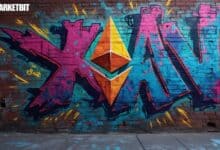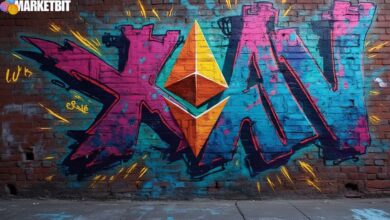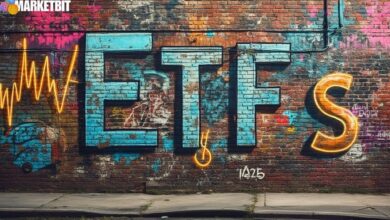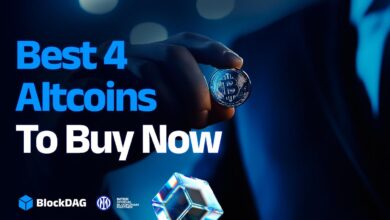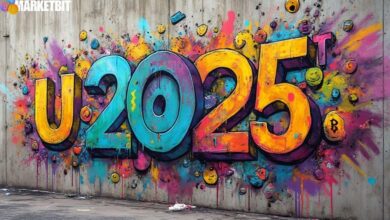Bitcoin
51 minutes ago
MicroStrategy Bitcoin Purchases and Shareholder Dilution
Explore how MicroStrategy's Bitcoin acquisition strategy leads to shareholder dilution concerns due to equity offerings.
Business
2 hours ago
SEC Allows Mutual Funds to Convert to ETFs
SEC approves mutual funds conversion to ETFs by 2025, impacting financial markets.
Bitcoin
4 hours ago
Max Keiser Meets Trump to Discuss Bitcoin Strategy
Bitcoin advocate Max Keiser to discuss crypto policies with President Trump amid pro-Bitcoin stance.
CMC
5 hours ago
From Payments to Trading, These Are the Best Crypto Presales for 2025: BlockDAG, Jet Bolt, and More!
Discover the best crypto presales for 2025: BlockDAG, BlockchainFX, Jet Bolt, and Space Pay. Analyze…
Business
5 hours ago
Robinhood Stock Surges Amid Strong Earnings and S&P 500 Inclusion
Robinhood's stock rises over 12% on strong earnings and S&P inclusion.
Crypto
7 hours ago
Stablecoin Market Surge in Q3 2025
An overview of the surge in the stablecoin market during Q3 2025, with significant growth…
Crypto
8 hours ago
BLS Jobs Data Delay Amidst U.S. Government Shutdown Risk
The Bureau of Labor Statistics (BLS) jobs data release is delayed if a U.S. government…
Business
10 hours ago
Binance Launches Crypto-as-a-Service for Institutions
Binance introduces Crypto-as-a-Service, offering financial institutions turnkey crypto trading and custody solutions.
Business
11 hours ago
Josip Heit Achieves Legal Victory in Texas Securities Case
Josip Heit and Apertum Foundation win a key legal case in Texas, clearing regulatory hurdles.
CMC
12 hours ago
XRP Holds $2.77, Solana Battles Resistance at $200, BlockDAG’s Live Testnet Drives Nearly $415M in Presale Gains!
Follow the XRP price forecast at $2.77, check Solana’s (SOL) price update near $200, and…
$ 114,387.65

Bitcoin (BTC)
1h0.05%
24h2.26%
USD
EUR
GBP




